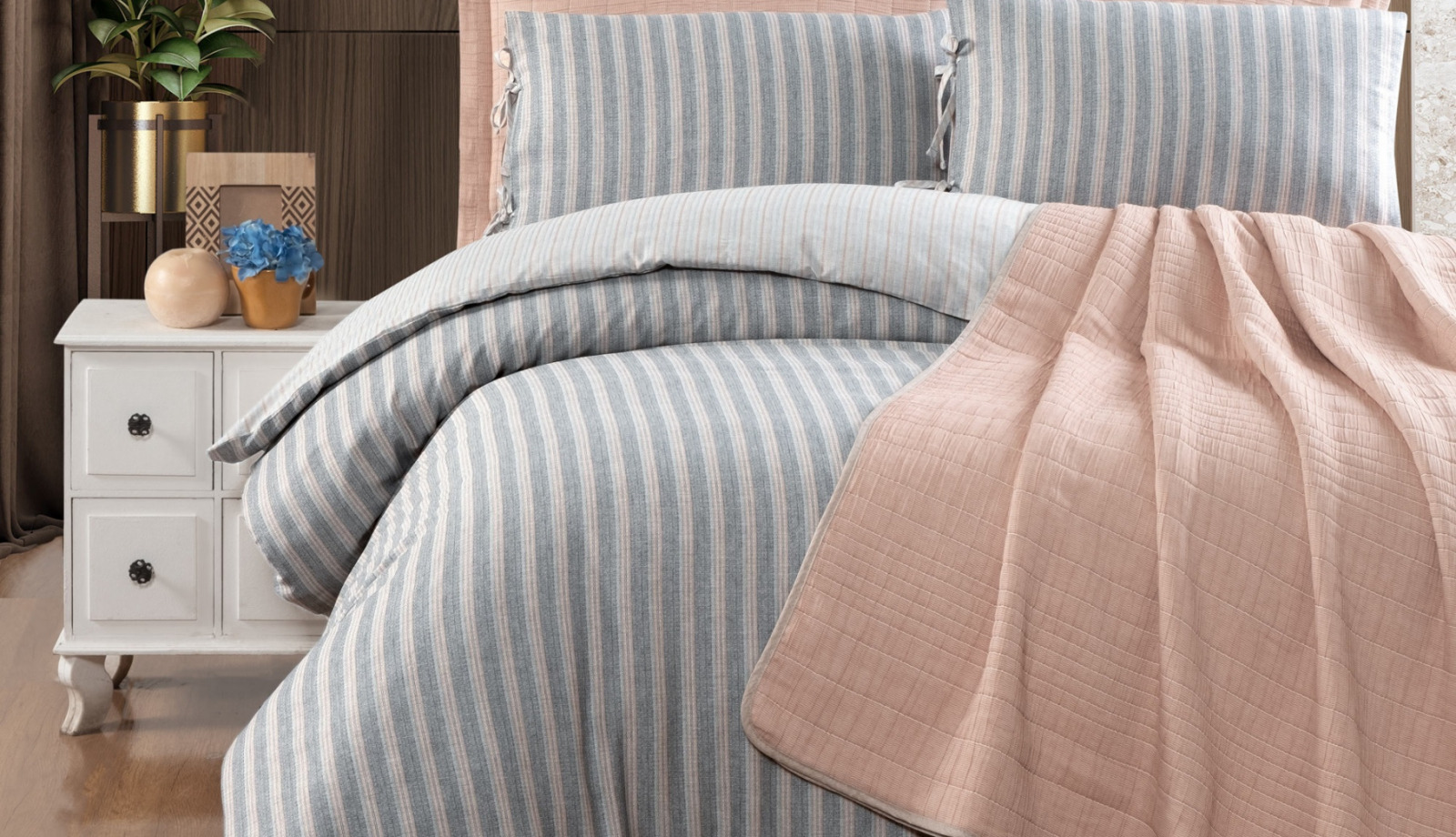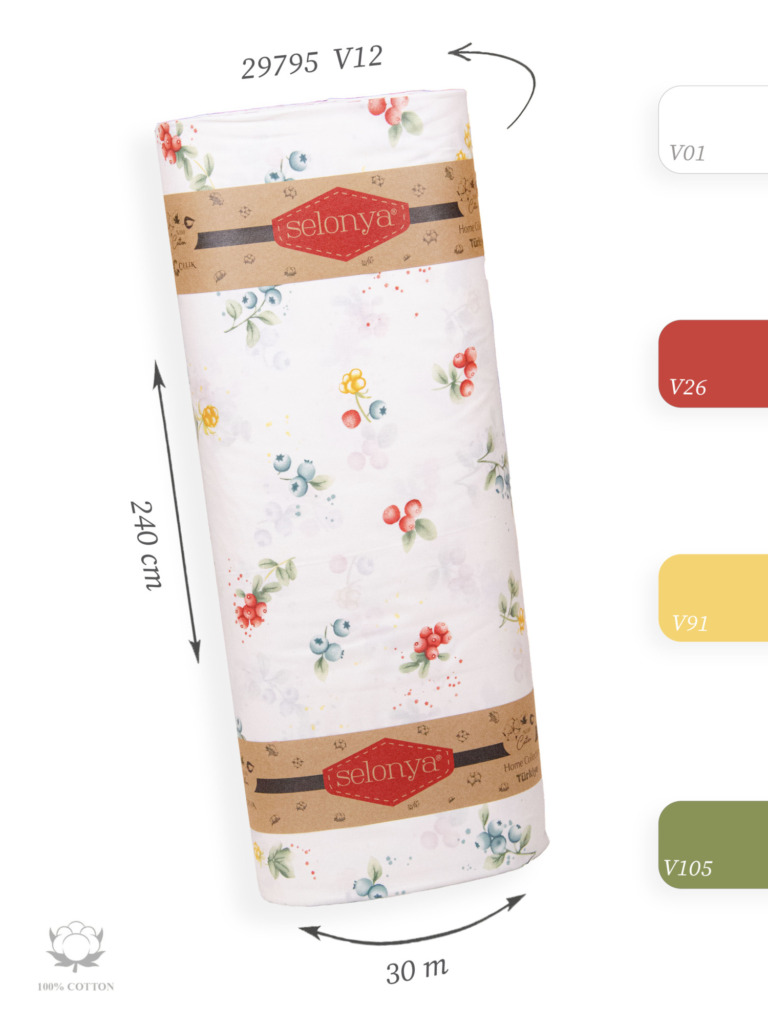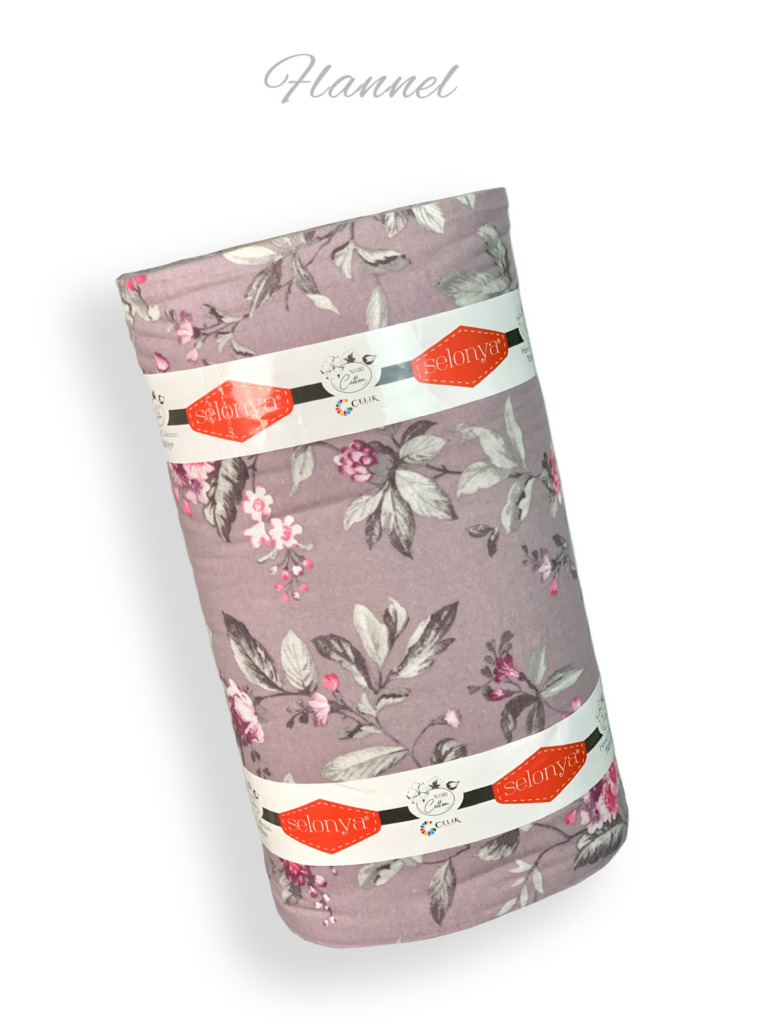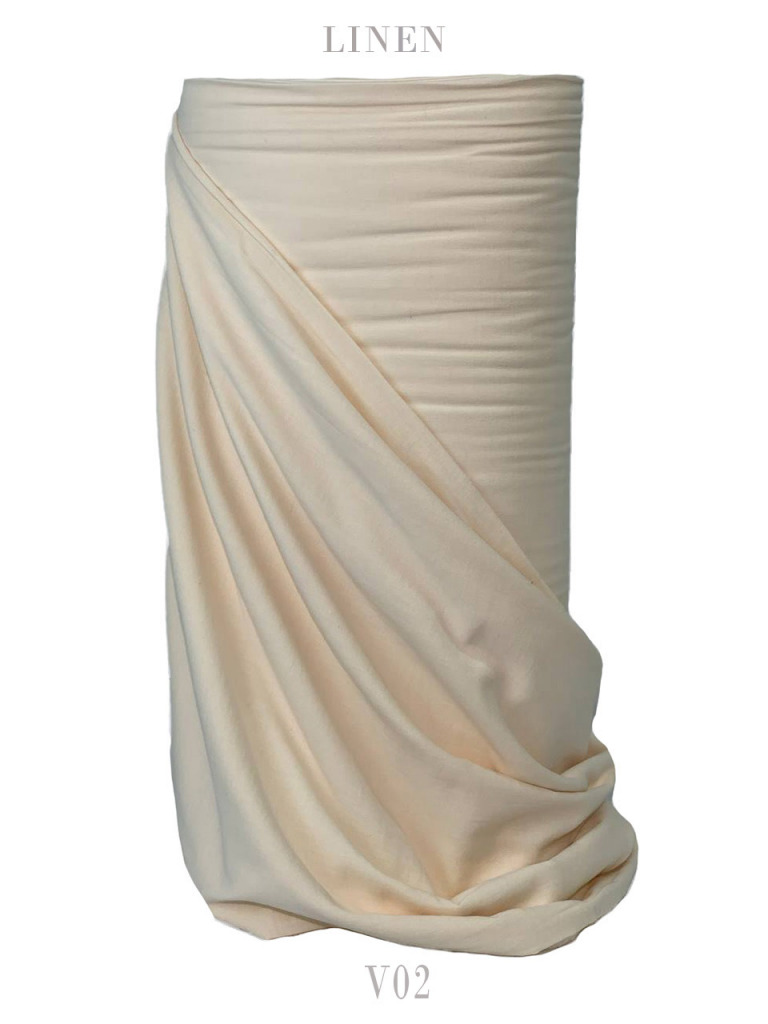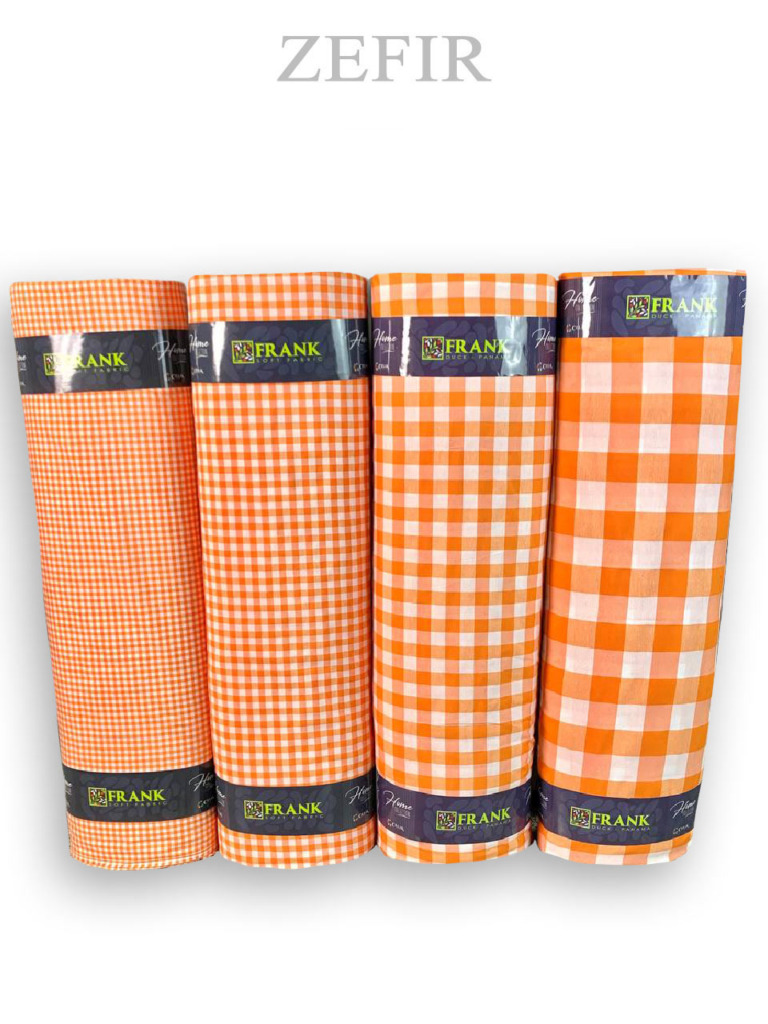Cotton is one of the most widely used natural fibers in the textile industry. Its softness, breathability, and durability make it a favorite for everyday clothing, bedding, and more. However, cotton is often blended with other fibers to achieve specific characteristics—such as strength, wrinkle resistance, or cost efficiency. In this article, we’ll explore fabrics that are made with cotton.
1. 100% Cotton Fabrics
Ranforce, aka. Poplin
Ranforce or poplin is a high-quality cotton fabric widely used in bed linens. It is tightly woven using a plain weave structure, which enhances its durability while maintaining softness and breathability. Ranforce is known for:
- Smooth texture
- Resistance to pilling
- Hypoallergenic properties
- Good moisture absorption
Its affordability and comfort make it ideal for home textiles.
2. Muslin (100% Cotton)
Muslin is a lightweight, breathable fabric made from 100% cotton, known for its soft texture and versatility. It’s commonly used in baby products, summer garments, and home textiles due to its gentle feel and high absorbency. Muslin comes in different layer configurations—1-layer, 2-layer, and 4-layer—each offering a unique balance of softness and durability. The 1-layer muslin is the lightest and most delicate, ideal for swaddles or lightweight clothing, and is available in plain solid colors or with printed patterns. As the layer count increases, muslin becomes thicker, warmer, and more absorbent, making 2-layer and 4-layer muslin perfect for items like baby blankets, burp cloths, or cozy wraps. Despite its softness, muslin maintains breathability, which makes it especially suitable for warm climates or sensitive skin.
3. Flannel (100% Cotton)
Flannel is a soft, warm fabric made from 100% cotton, known for its cozy feel and brushed surface that enhances softness and insulation. It is commonly used in cold-weather clothing such as shirts, pajamas, and loungewear, as well as in bedding like sheets and blankets. The brushing process (done on one or both sides) raises the fibers, creating a fuzzy texture that traps heat and provides excellent warmth. Despite its warmth, flannel remains breathable thanks to its cotton base, making it comfortable to wear or use indoors. Flannel is available in various weights and patterns—especially classic plaids—and offers a perfect balance of softness, durability, and thermal comfort for cooler seasons.
4. Cotton-Linen Blends (e.g., 70% Cotton / 30% Linen)
Cotton-linen blends combine the best of both worlds. Linen adds texture and strength, while cotton balances it with softness and comfort. A 70/30 blend is common for:
- Premium shirts
- Summer dresses
- High-end bedding
Benefits:
- Enhanced durability compared to 100% cotton
- Better breathability
- A natural, textured look
- Wrinkles less than pure linen but retains some of its cool feel
However, cotton-linen fabrics are typically more expensive due to the cost of linen and their high-end appeal.
5. Cotton vs. Polyester: A Key Comparison
Cotton and polyester are two of the most common fibers in the textile world—one natural, the other synthetic. Blending them allows for a balance between comfort and functionality.
| Feature | Cotton | Polyester |
|---|---|---|
| Breathability | Excellent | Poor |
| Moisture Absorption | High | Low (hydrophobic) |
| Softness | Very soft | Can feel less natural |
| Durability | Strong but can wear over time | Very durable |
| Wrinkle Resistance | Low | High |
| Shrinkage | Shrinks in hot water | Does not shrink easily |
| Sustainability | Biodegradable | Not biodegradable |
| Cost | Higher | Lower |
6. Effect of Cotton vs. Polyester Ratios
The ratio of cotton to polyester in a fabric changes its behavior significantly:
- More Cotton (e.g., 80/20 cotton/polyester)
- Feels more natural
- Breathable and soft
- Less wrinkle resistant, more prone to shrinking
- More Polyester (e.g., 20/80 cotton/polyester)
- More durable and wrinkle-resistant
- Less breathable, can trap heat
- Easier to care for (no ironing needed)
7. Common Fabrics with Cotton-Polyester Blends
Here are some fabrics that commonly feature both cotton and polyester:
- Muslin Pique: %90 Cotton – %10 Polyester
- Duck: %70 Cotton – %30 Polyester
- Dobby (Armoured): %80 Cotton %20 Polyester
- Zephyr fabric: %40 Cotton %60 Polyester
- Polycotton: %70 Cotton %30 Polyester
Conclusion
Cotton, whether used alone or blended, remains a cornerstone of the fabric world. While 100% cotton options like Ranforce and Poplin offer breathability and comfort, blends with linen add luxury, and polyester mixes offer performance and durability. Choosing the right cotton-blend fabric depends on the desired balance between natural comfort and functional performance.

